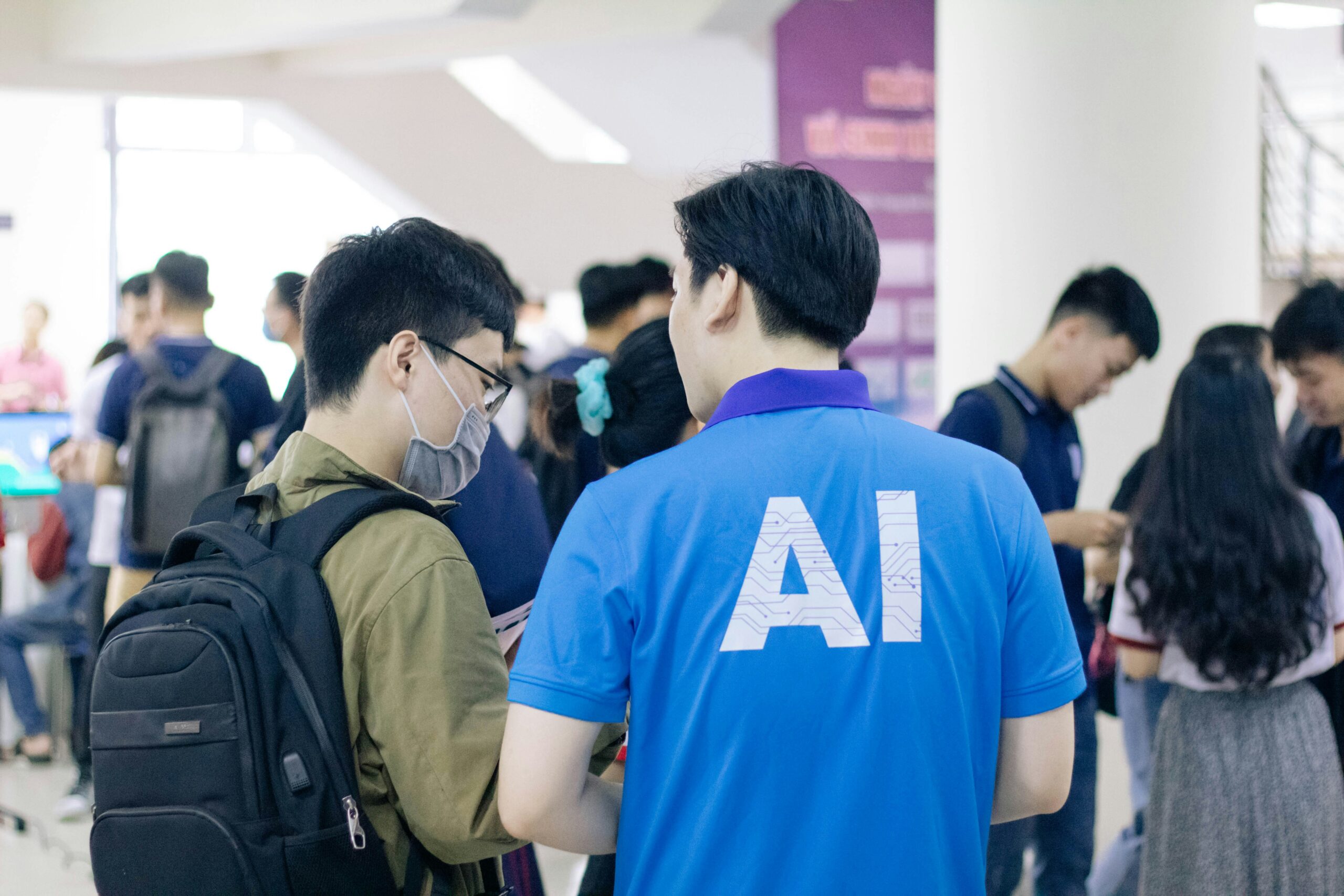
Artificial Intelligence in education is no longer a futuristic idea. Today, teachers and leaders use AI tools as think partners to design lessons, build fair assessments, and shape stronger policies. When educators collaborate with AI, they unlock new ways to improve learning outcomes. At the same time, AI helps reduce repetitive tasks, allowing teachers to focus more on their students.
By using Artificial Intelligence as a think partner, schools gain insights that guide both daily instruction and long-term planning. This shift creates an opportunity to rethink how education supports all learners. As a result, teachers and principals discover that AI is not replacing human judgment but instead enhancing it.
Lesson Development with AI as a Think Partner
AI tools empower teachers to create lessons tailored to the diverse needs of their students. With the right prompts, AI generates lesson plans, outlines activities, and suggests differentiated strategies. Teachers then refine these ideas, making them specific to their classrooms. This collaboration streamlines planning and facilitates the adaptation of lessons for diverse learning levels.
Additionally, AI offers teachers a vast array of examples and ideas. When educators feel stuck, AI offers fresh perspectives that inspire creativity. By serving as a think partner, AI ensures that lesson development does not rely on guesswork. Instead, teachers combine their expertise with AI’s speed and variety to craft meaningful learning experiences.
Improving Assessment Through Artificial Intelligence
Assessment plays a key role in learning, and AI offers new ways to make it fair and effective. Teachers can use AI to create quizzes, rubrics, and formative checks that align with standards. More importantly, AI can quickly analyze student performance data and identify patterns that may otherwise go unnoticed. These insights enable teachers to adjust instruction in real-time.
At the same time, AI supports equity in assessment. For example, it can suggest multiple question formats to match different learning styles. This flexibility ensures that students demonstrate their knowledge in ways that best suit them. By working with Artificial Intelligence as a think partner, teachers move closer to truly personalized assessments that highlight student strengths.
Artificial Intelligence and Educational Policy
AI also shapes how schools and districts design policies. Leaders can use AI tools to review data about attendance, performance, and resource use. These insights guide policies that are evidence-based rather than assumption-driven. As a result, schools create systems that respond directly to the needs of their communities.
Furthermore, AI helps leaders forecast future needs. For example, predictive models can highlight where extra support may be required, such as in staffing or funding. When principals and policymakers treat AI as a think partner, they design proactive policies instead of reactive ones. This forward-thinking approach improves decision-making and builds stronger educational systems.
Building Teacher Confidence with AI Tools
Teachers often worry that AI might replace their roles, but the truth is very different. AI works best when paired with teacher expertise. It offers suggestions, but teachers decide how to apply them. By framing AI as a think partner, educators see it as a source of support rather than competition.
In fact, AI can ease teacher stress. By reducing time spent on planning or grading, AI gives teachers more energy to focus on direct student interaction. This shift empowers educators to bring more creativity into the classroom. In the long run, AI strengthens teacher confidence by making their work more effective and efficient.
Enhancing Student Engagement Through AI
Students also benefit when teachers use AI tools thoughtfully. Lessons designed with AI often include interactive elements such as simulations or adaptive questions. These features spark curiosity and keep learners engaged. When students feel motivated, they participate more actively and retain knowledge longer.
Moreover, AI tools can adjust content in real time based on student responses. This adaptability creates personalized pathways that meet learners where they are, allowing them to progress at their own pace. By using Artificial Intelligence as a think partner, teachers create classrooms that are more dynamic and inclusive. This innovation ensures that education adapts to students rather than the other way around.
Overcoming Challenges of AI in Education
Despite its promise, AI in education comes with challenges. Issues such as data privacy, ethical use, and bias must be addressed. Leaders must ensure that AI tools protect student information and serve all learners fairly and equitably. Teachers also need training to use AI responsibly and confidently.
However, these challenges should not prevent progress. By establishing clear guidelines and providing professional development, schools can effectively utilize AI. Collaboration between educators and technology experts helps reduce risks while maximizing benefits. When challenges are managed effectively, AI becomes a reliable think partner that improves education without harming trust.
The Future of Educational Leadership with AI
Looking ahead, principals and policymakers will continue to rely on AI as a key think partner. Leaders will use AI insights to guide hiring, budget planning, and curriculum development. At the same time, they will need to balance technological innovation with human relationships. Strong leadership ensures that AI supports rather than dominates decision-making.
The future also demands a mindset shift. Leaders who view AI as an ally, not a threat, will shape more responsive schools. By embracing this partnership, principals and teachers can create systems that are innovative, inclusive, and sustainable. The hive of education becomes stronger when human expertise and Artificial Intelligence work hand in hand.
Conclusion: Embracing AI as a Partner in Progress
Artificial Intelligence has already changed how schools think about lesson development, assessment, and policy. When educators use AI as a think partner, they expand their ability to create inclusive, personalized, and forward-looking systems. This partnership does not replace human insight but enriches it, offering new ways to solve old challenges.
As schools continue to face rapid change, AI provides the adaptability and speed needed to stay ahead. By embracing AI thoughtfully, educators and leaders ensure that the future of education is not just efficient but also equitable and inspiring. The time to treat Artificial Intelligence as a trusted think partner in education is now.